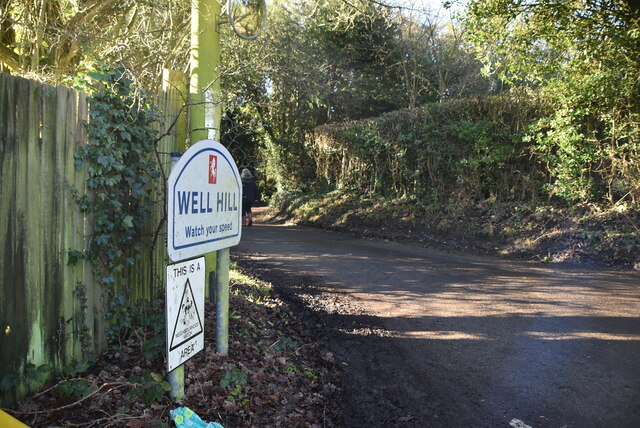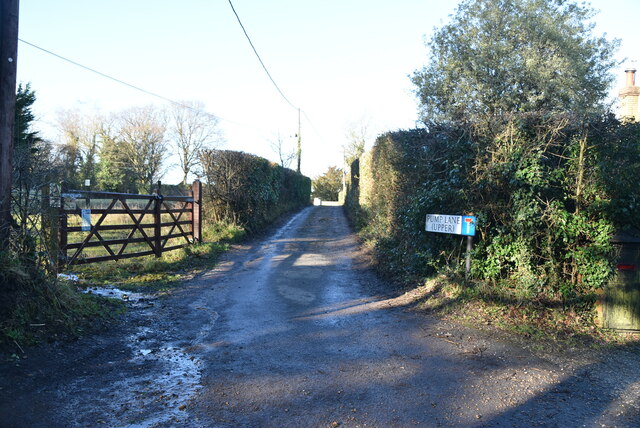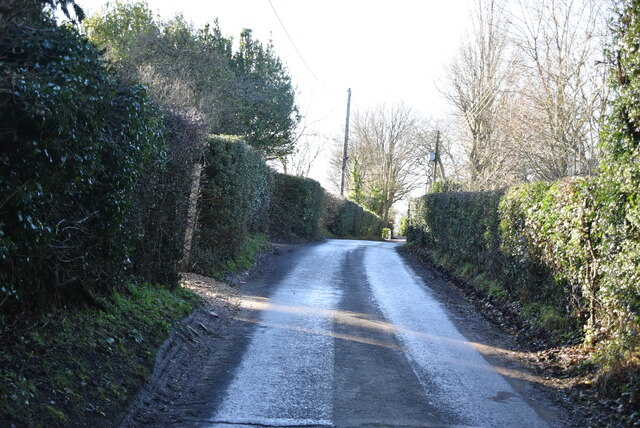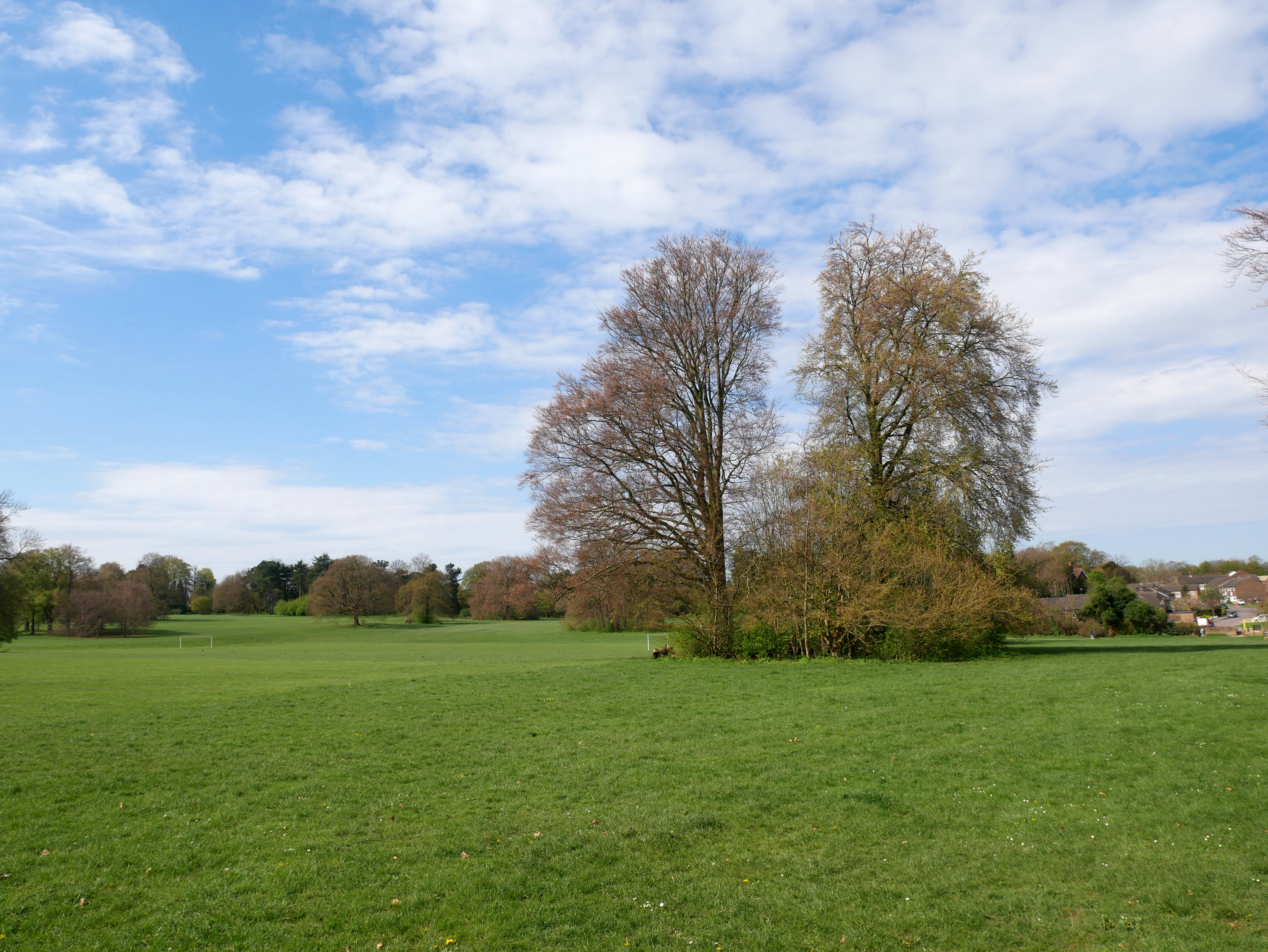Black Bush Wood
Wood, Forest in Kent
England
Black Bush Wood

Black Bush Wood is a picturesque woodland located in Kent, England. Covering an area of approximately 50 acres, it is known for its natural beauty and diverse wildlife. The wood is situated near the village of Kent and is easily accessible for visitors.
The woodland is predominantly composed of native broadleaf trees, including oak, beech, and ash, creating a dense and shady canopy. This makes it an ideal habitat for a wide range of flora and fauna. The forest floor is carpeted with bluebells in the spring, adding a burst of color to the surroundings.
Walking through Black Bush Wood, visitors can enjoy a network of well-maintained footpaths that lead to various points of interest. These paths offer a peaceful and tranquil setting for nature lovers and provide opportunities for bird watching and wildlife spotting.
The wood is home to a rich variety of bird species, such as woodpeckers, jays, and tawny owls. Additionally, deer, foxes, and squirrels can often be spotted roaming amidst the trees. The diverse ecosystem of Black Bush Wood also supports a range of insects, including butterflies and beetles.
The wood is a popular destination for outdoor enthusiasts who enjoy activities such as walking, jogging, and picnicking. It offers a serene escape from the hustle and bustle of everyday life, making it an appealing destination for individuals and families seeking relaxation and connection with nature.
Overall, Black Bush Wood is a natural treasure in Kent, providing a haven for wildlife and a peaceful retreat for visitors to enjoy the beauty of the woodland environment.
If you have any feedback on the listing, please let us know in the comments section below.
Black Bush Wood Images
Images are sourced within 2km of 51.363414/0.13479684 or Grid Reference TQ4864. Thanks to Geograph Open Source API. All images are credited.

Black Bush Wood is located at Grid Ref: TQ4864 (Lat: 51.363414, Lng: 0.13479684)
Unitary Authority: Bromley
Police Authority: Metropolitan
What 3 Words
///jokes.rider.clean. Near Orpington, London
Nearby Locations
Related Wikis
Chelsfield
Chelsfield is an area in south-east London, England, within the London Borough of Bromley and, prior to 1965, in the historic county of Kent. It lies south...
Well Hill
Well Hill is a small rural hamlet within the civil parish of Shoreham in the Sevenoaks District of Kent, England. It lies 3 miles south east of Orpington...
Goddington
Goddington is an area in south-east London, located in the London Borough of Bromley. It is situated south of Ramsden, south-east of Orpington town centre...
Ramsden, Orpington
Ramsden is an area in south-east London, generally considered a suburb of Orpington, located in the London Borough of Bromley and, prior to 1965, within...
Nearby Amenities
Located within 500m of 51.363414,0.13479684Have you been to Black Bush Wood?
Leave your review of Black Bush Wood below (or comments, questions and feedback).



















